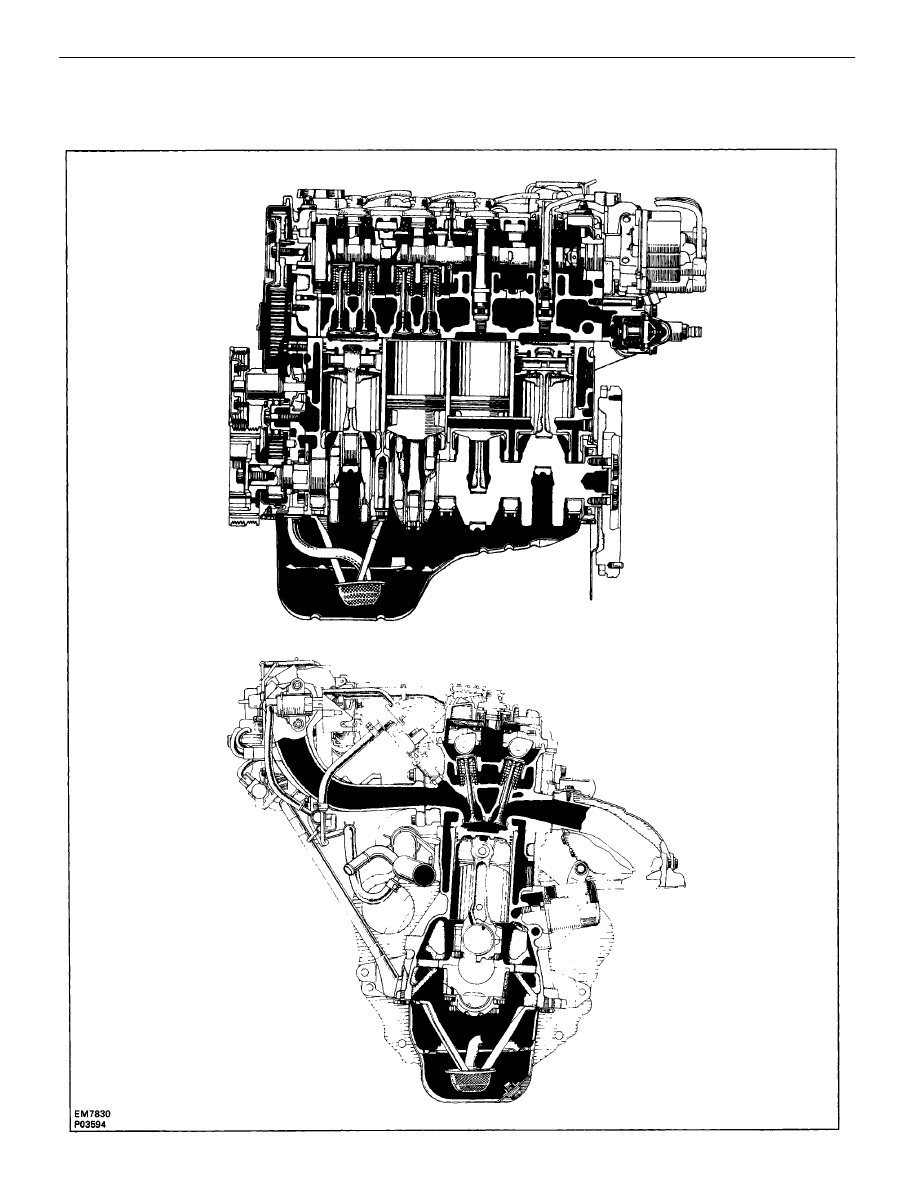4A–FE engine is an in–line, 4–cylinder, 1.6 liter DOHC 16–valve engine. Manual - part 1

DESCRIPTION (4A–FE)
The 4A–FE engine is an in–line, 4–cylinder, 1.6 liter DOHC 16–valve engine.
–
ENGINE MECHANICAL
Description (4A–FE)
EM–2
|
|
|

DESCRIPTION (4A–FE) The 4A–FE engine is an in–line, 4–cylinder, 1.6 liter DOHC 16–valve engine. – ENGINE MECHANICAL Description (4A–FE) EM–2 |